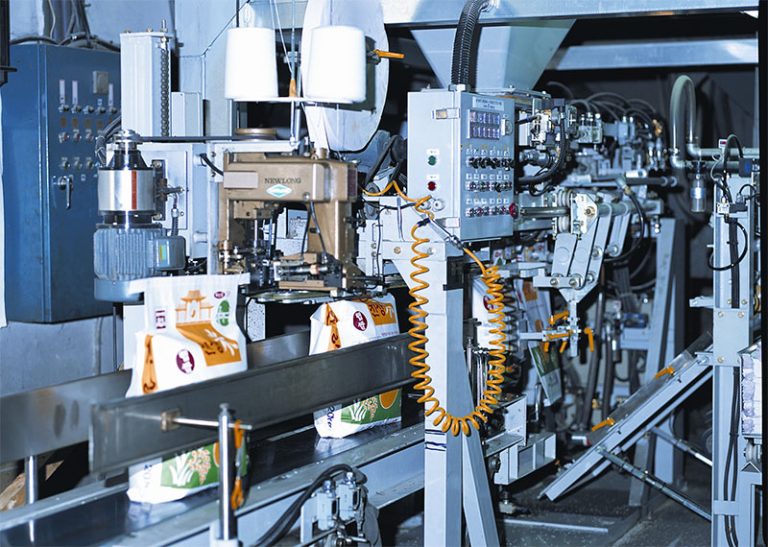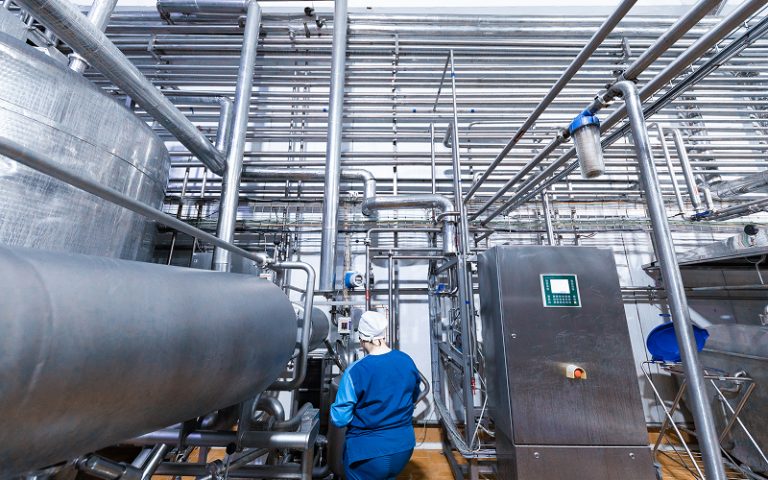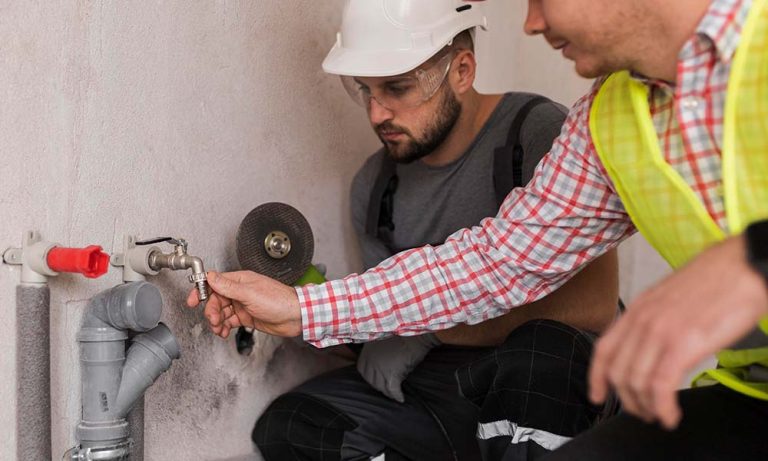When one talks about 360 degrees performance appraisal, it is said that the concept first began in the 1940s. This 360 degree method actually provides each and every employee an equal opportunity to get a performance feedback from their managers or supervisors, the other staff members, customers and colleagues or coworkers.
It is a kind of multi-source feedback which is also used as a proper assessment tool based on performance of an individual. This gathers up all the feedback from those who are affected by the performance of an individual in a job. That is why; a 360 performance appraisal rounds up and covers up everything.
Now the question can come that on which employees or under what circumstances this tool is being used. Well, to this, the answer is; it is a certain tool used up on the employees who belong to the mid-level or the senior level position in work. Also the more complex the employees role is, the more important it becomes to get all the needed data from the related stake holders so that a proper assessment is done.
Which organizations can use this tool to assess their employees?
There are many organizations which mostly focus on the employee development and for that they have the need to use this 360 degree assessment tool format so that they get to know the proper potential of their staffs. It also helps them to determine what improvement an employee will need further depending on that feedback. It helps both the organization and the employee to take major decisions when it comes to professional career.
The result that is obtained from a 360 degree performance tool is mainly used to plan further developments and training in particular skills which the employees lack. In fact, sometimes it is also used by many organizations to take some administrative decisions like if there should be a hike in pay or a promotion for an individual. So it is more like a review that helps one to take accurate decisions.
This is said to be the most comprehensive kind of appraisal where one can get a feedback of an individual and their performances from every sector that have come in contact with that particular employee.
Another question that comes up is that why stake holders take part in this 360 degree process of assessment. Well in this case, everyone is involved like the customers, team members, suppliers, managers, superiors and subordinates. All of them have some in contact with the employee when it comes to work and they give their opinion and their valuable insights and feedbacks on the employee regarding their job and efficiency of doing that.
It is said that a 360 degree performance appraisal has 4 major parts. They are:
- Superior’s Appraisal
- Self-Appraisal
- Peer Appraisal
- Subordinate’s Appraisal
A self-appraisal means it gives a proper chance to all the employees to look at their strong and weak points. They can look at their own achievements and then judge their own performances. On the other hand a superior’s appraisal has always been a traditional part of the appraisal rule where the employee’s performance and fulfillment of responsibilities are gauged and rated by their superiors. When it comes to subordinate’s appraisal it gives a fair chance to the employees to check whether they stand up to the expectations of their juniors when it comes to communication abilities and the ability to motivate them. It also makes one see if they can carry out properly their leadership qualities by delegating proper work to their subordinates. This appraisal tool also has a very strong impact on the performance and behavior of the employees later on. That is why; it is considered to be the most sorted appraisal tools when it comes to official appraisal modes for the employees.
It is also a very strong tool for development and if it is conducted at regular intervals (in most cases it happens annually) then the company can keep a regular track of the employees and their perceptions. It is a well-tested technique which is very effectively used all over the world to assess the performance of the employees in almost every company.
Major advantages of this appraisal format are as follows:
It offers a more comprehensive view to the performance of the employees.
It also improves the credibility of the performance appraisals.
When a colleague gives a proper feedback of others it can always help in self-development.
It also increases the responsibilities of all the employees towards their suppliers and their customers.
This is an allover appraisal process which leads to an accurate assessment for one.
When opinions are gathered from all the staffs possible then it can be more persuasive.
Sometimes, people only depend on the manager’s or the superior’s assessments but this process does not do that. It also takes opinion of the other staffs and colleagues which is also very much required.
Due to this assessment procedure if there are people who feel less confident about their role in the job gets positive reviews can fell back motivated and also can bring back their confidence.
Also taking feedback from all the employees in contact with the particular individual can lead to a more honest judgment.
Disadvantages of a 360 degree appraisal format
This is a lengthy process and so it takes a lot of time to complete.
Sometimes there can be extensions and some changes of feedbacks that can lead to confusion among the staff members.
Looking back to the beginning
When it comes to the history of this appraisal format, it was first introduced in the German Military where feedbacks were drawn from several sources to check the performance of the soldiers and evaluate then during the time of World War II.
Much later it became a full proof format to check the performance of the employees in a company and depending on that a hike or increase in salary happens in an individual’s account. That is why; it is a full proof format to be used.
















